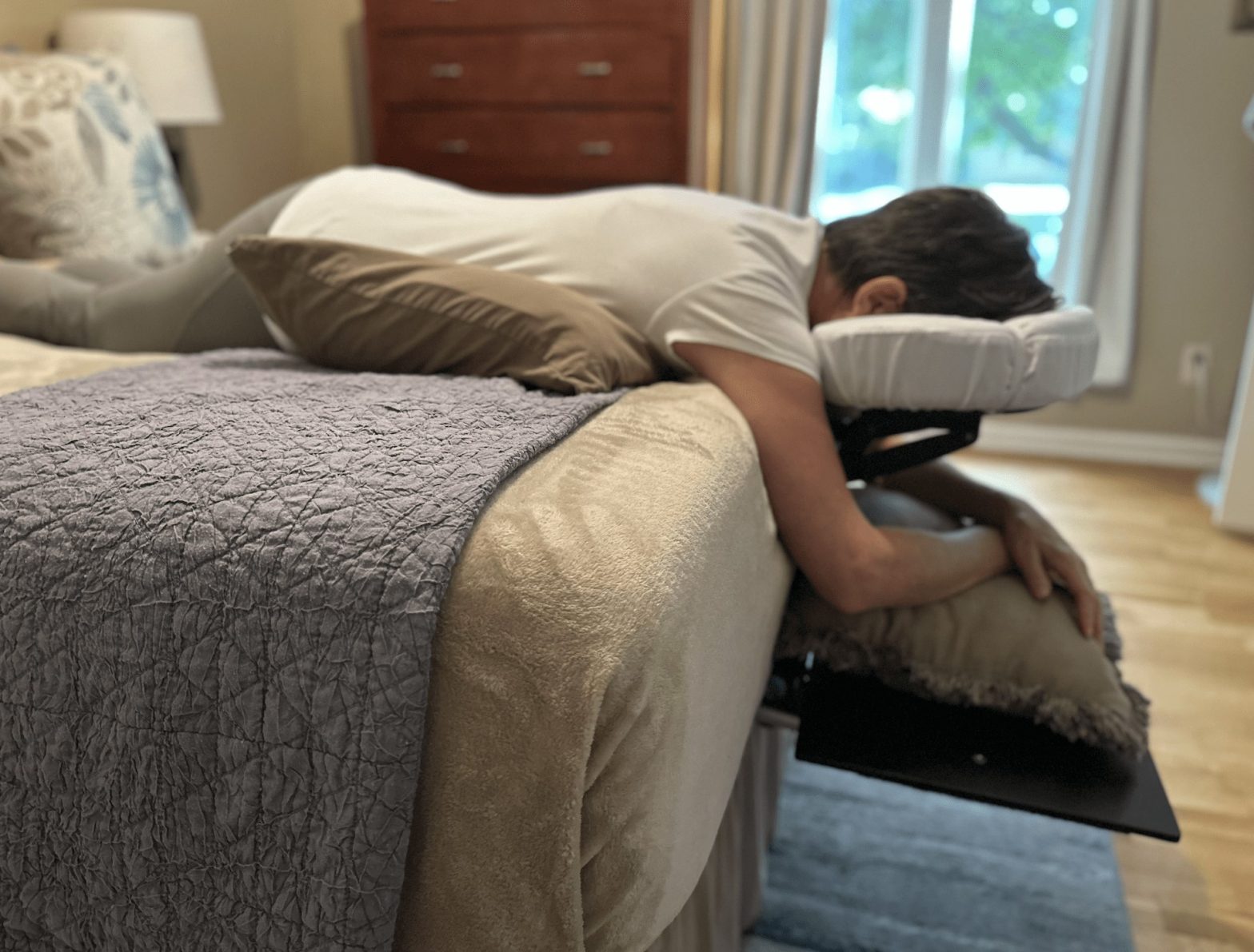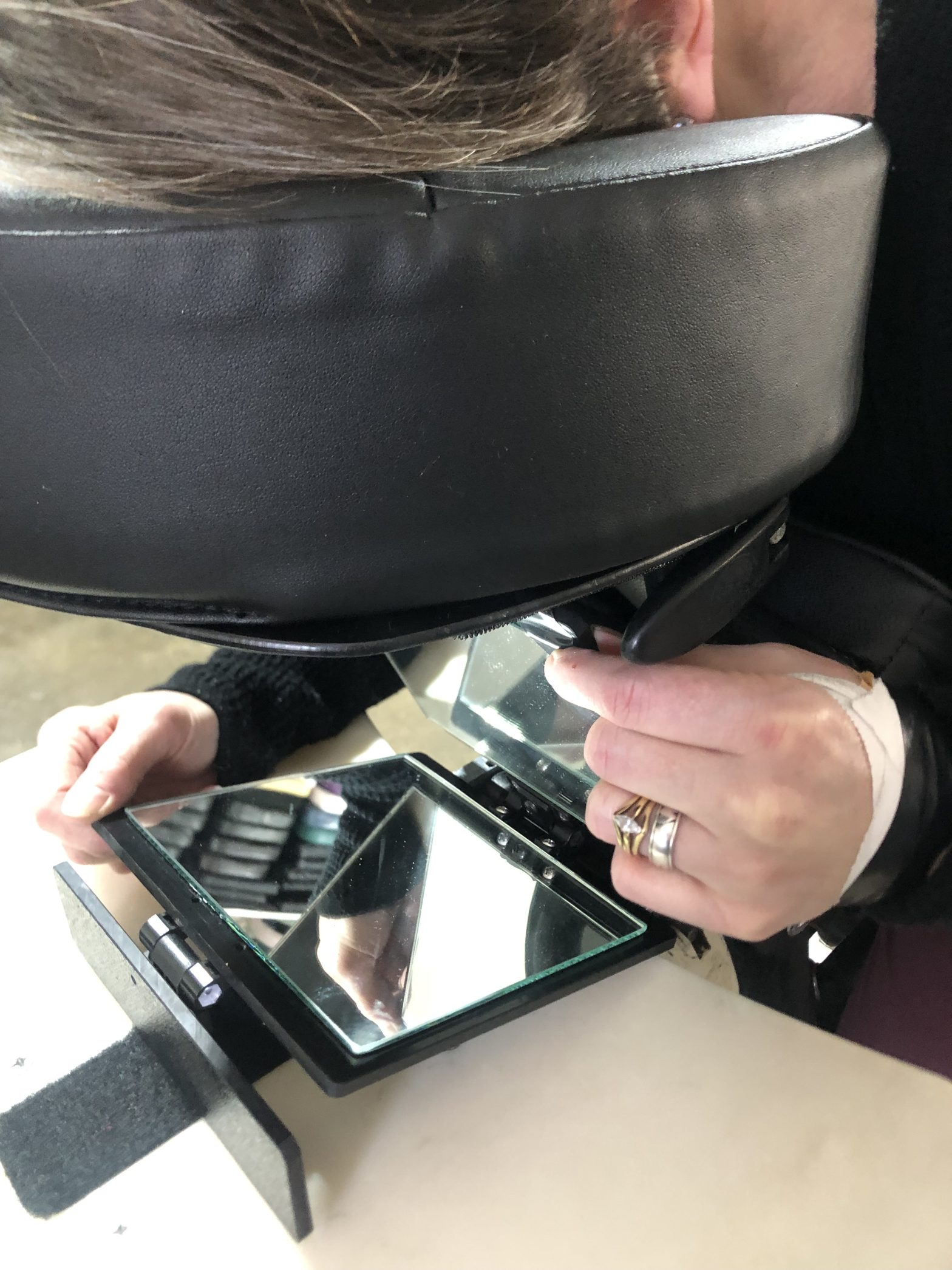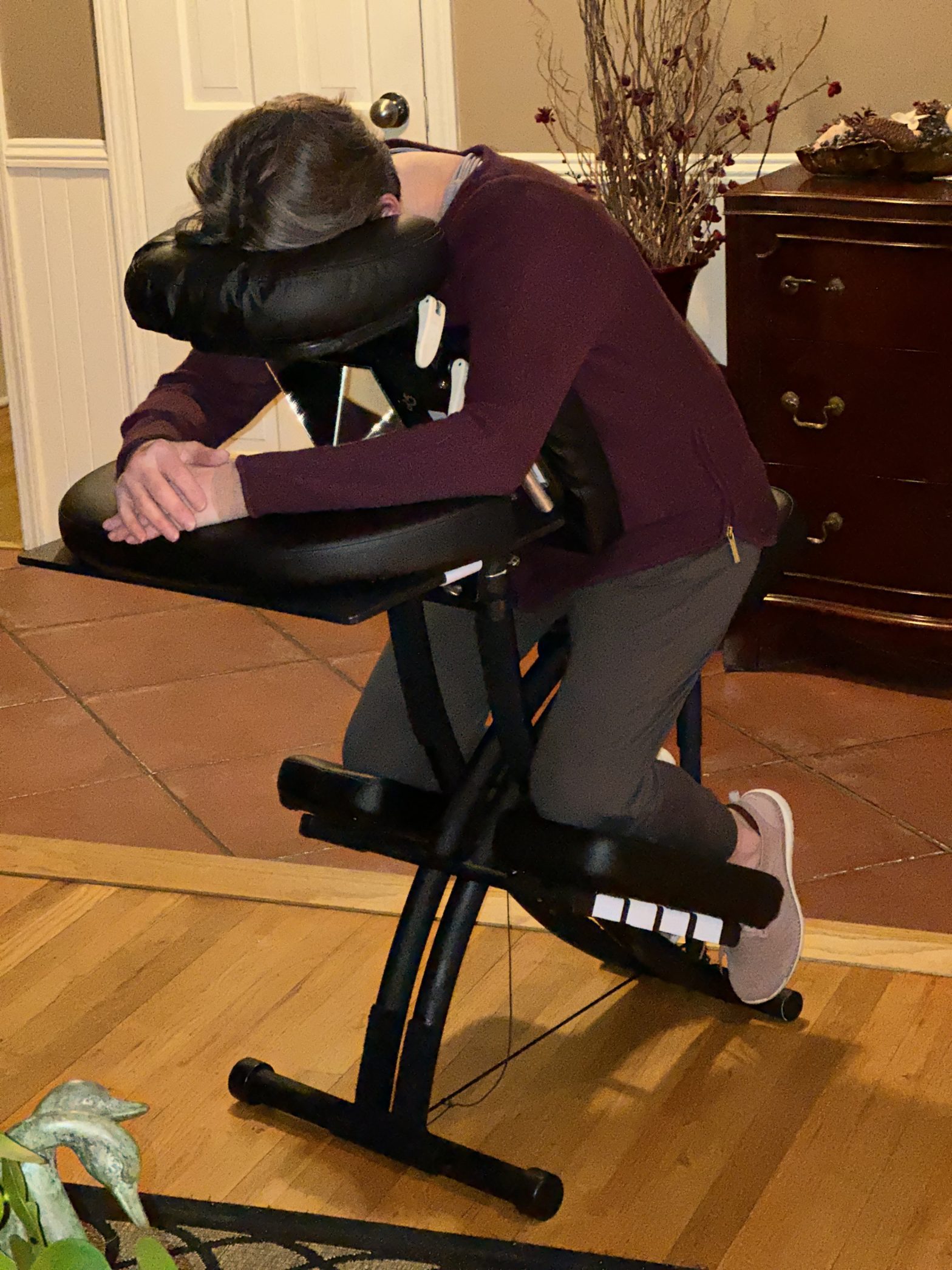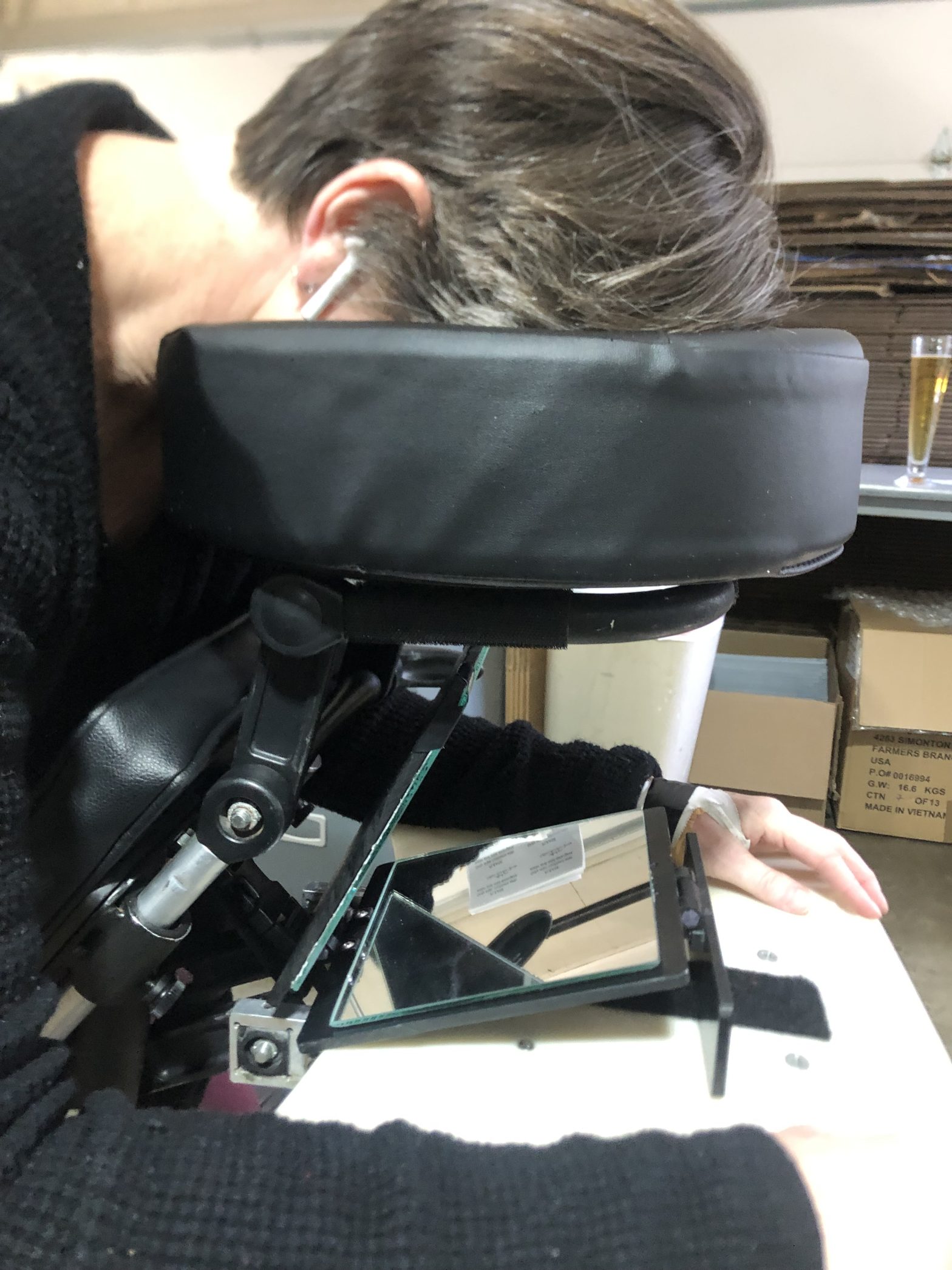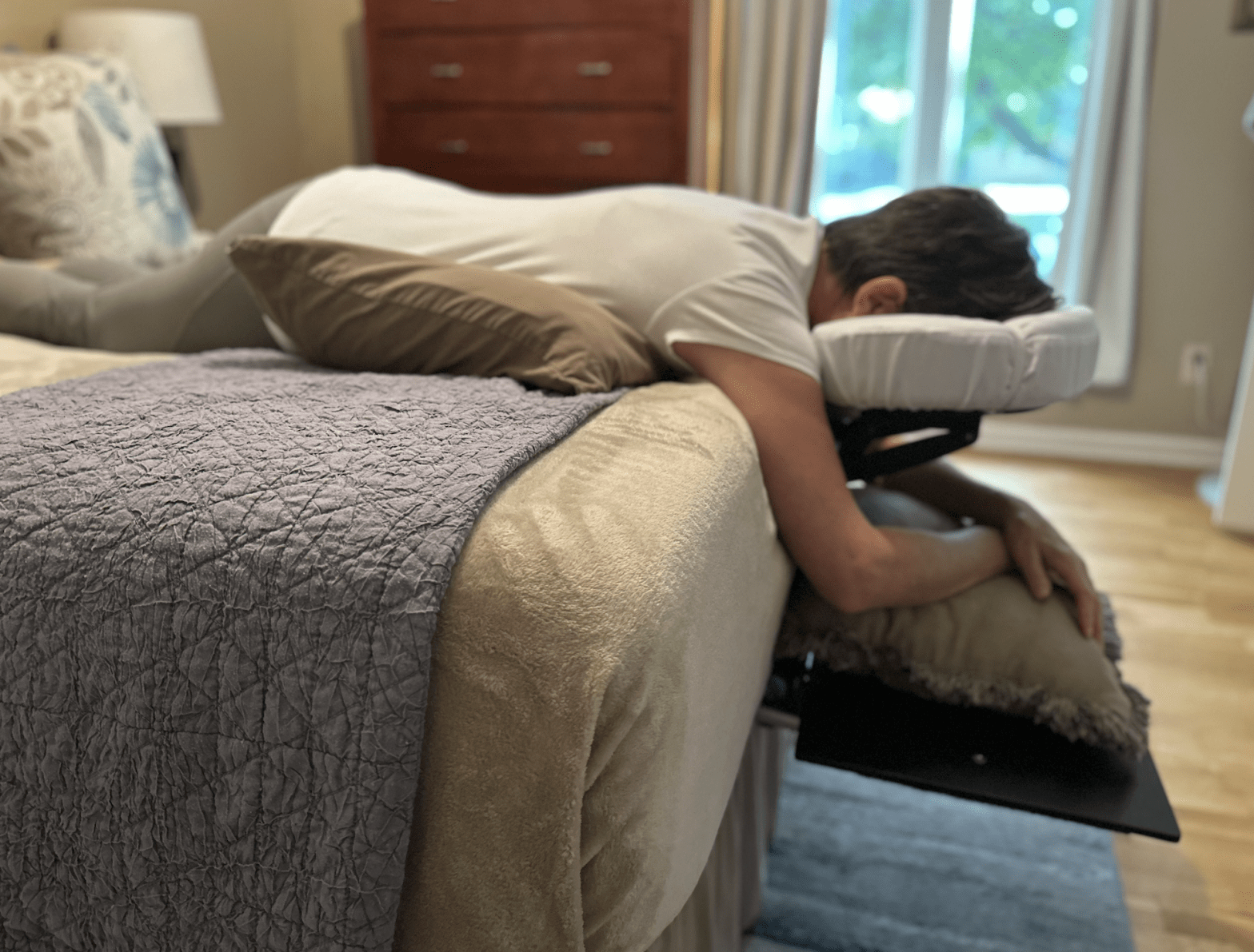The surgery was hard enough. You’ve just made it through a vitrectomy, a delicate procedure that quite literally saves your sight, and now your doctor tells you that your recovery requires weeks of strict face-down positioning. You’ll need specialized chairs, tables, and pillows to keep your head angled properly for the retina to heal. You hop online to find this so-called vitrectomy recovery equipment, and boom, the sticker shock hits. $2,000 for a chair you’ll only need for a few weeks? Let’s be honest, nobody budgets for that.
But here’s the good news: you don’t have to buy it. Vitrectomy equipment rental gives you access to the same high-quality, medically approved recovery tools for a fraction of the cost without the long-term clutter or financial strain.
This guide breaks down what you really need, what it costs, and how to rent smart so you can focus on healing, not haggling.
Essential Vitrectomy Recovery Equipment Checklist
If you’re new to this, it’s easy to underestimate how much setup vitrectomy recovery takes. The goal of your post-surgery positioning is simple: keep the gas bubble in your eye pressing gently on the retina to help it reattach and heal properly. But doing that for days or even weeks requires the right support.
Here’s what you’ll need and why:
- Face-Down Recovery Chair
These chairs are ergonomically engineered to support long hours of face-down sitting. Adjustable face cradles, padded armrests, and lumbar support make them far more tolerable than a DIY pillow stack on the kitchen table.
In my practice, I’ve seen patients try to improvise with couch cushions it rarely ends well. Within days, they’re dealing with neck and shoulder pain that slows their recovery.
- Massage Tables or Recovery Beds
Not just for spas, massage tables give you a comfortable surface to lie face down for rest or sleep. Many have removable face cradles and height adjustments, making positioning easier throughout the day.
- Support Pillows and Cushions
Donut pillows, travel pillows, and specially shaped cushions help you stay comfortable while seated, reading, or even traveling to follow-up appointments. Good ones prevent numbness and muscle fatigue.
- Mirrored Prism Glasses
A small luxury that makes a huge difference. These allow you to watch TV or read while keeping your head down. Mentally, they’re a game-changer for long recovery periods.
When it comes to vitrectomy recovery, comfort isn’t optional; it’s the difference between compliance and frustration. And compliance directly affects how well your eye heals.
Rent vs. Buy: The Clear-Cut Math for Vitrectomy Gear
Let’s cut to the numbers. Buying new recovery equipment sounds tempting until you realize how short your recovery window actually is. Most patients need the gear for two to six weeks, tops. After that? You’ll never use it again.
Here’s a simple cost comparison to put things into perspective:
| Equipment | Average Purchase Price | Typical Rental Cost (4–6 weeks) | Your Savings |
| Face-Down Chair | $800 – $2,500+ | $200 – $450 | $600+ |
| Massage Table | $200 – $600 | $75 – $150 | $125+ |
| Full Support Kit (Pillows, etc.) | $150 – $300 | $50 – $100 | $100+ |
| Total | $1,150 – $3,400+ | $325 – $700 | $825 – $2,700+ |
That’s not small change.
Renting saves you thousands, and let’s be honest, you’re not going to need a face-down chair in your living room once you’ve healed. Renting is the smart, stress-free way to get the right tools without buying equipment you’ll never use again.
Your Step-by-Step Guide to Renting Vitrectomy Recovery Equipment
If the idea of renting medical equipment feels complicated, don’t worry, it’s actually straightforward once you know what to expect. Here’s a simple roadmap:
1.Consult Your Surgeon
Ask for a list of recommended equipment and how long you’ll likely need it. This ensures you don’t over-rent or miss something essential.
2.Find a Reputable Rental Company
Search for local or national providers specializing in vitrectomy equipment rental. Read reviews, check their sanitation standards, and confirm that equipment is cleaned and disinfected between uses.
3.Understand the Rental Agreement
Pay attention to details like delivery, setup, pickup, and what happens if your recovery takes longer than expected. A good provider will offer flexible extensions.
4.Schedule Delivery Early
Aim to have your gear delivered a day or two before surgery. Set up your recovery space in advance so you can come home to comfort and readiness.
5.Learn Proper Setup and Use
Many companies provide instructional videos or printed guides. Take a few minutes to get familiar with each piece; you’ll thank yourself later when your neck isn’t screaming for mercy.
5 Critical Questions to Ask Before You Rent
Not all rental companies are created equal. Asking the right questions upfront ensures you’re getting safe, sanitized, and reliable equipment.
- “What is your sanitation and disinfection process between rentals?”
Medical-grade cleaning is a must, no exceptions.
- “Is delivery and pickup included in the rental fee?”
Hidden fees can add up fast.
- “What if I need to extend the rental period?”
Recoveries vary. Choose flexibility over rigid contracts.
- “Do you offer package deals for multiple items?”
Many companies bundle chairs, tables, and cushions at a discount.
- “Can you provide guidance or support for setup?”
A responsive provider should offer setup assistance, especially for first-time users.
Case Example: A Patient’s Smart Choice
A patient of mine, let’s call her Linda, had surgery for a macular hole. Initially, she planned to buy her equipment outright until she realized it would cost nearly $2,000. Instead, she rented a face-down recovery kit for six weeks for under $400, including delivery and pickup.
By week four, her recovery was on track, her pain minimal, and her budget intact. When she was done, she simply called for pickup and didn’t have to worry about storage or resale.
That’s the power of renting smart; it supports both your healing and your financial well-being.
Invest in Your Recovery, not in Gear You Don’t Need
A successful vitrectomy recovery hinges on one thing: consistency. You need to stay face-down as instructed, which is far easier when your equipment actually supports you. Renting your vitrectomy recovery equipment isn’t about cutting corners; it’s about making the smartest use of your resources while giving your body what it needs to heal properly. So before you hit “checkout” on that pricey chair, take a step back. Explore rental options. Ask questions. Compare prices. Healing shouldn’t come with a financial hangover.
Your sight is priceless, but your recovery gear doesn’t have to be.
What’s your biggest concern about your upcoming recovery: comfort, cost, or logistics? Drop it below, and we’ll tackle it in a future post.



